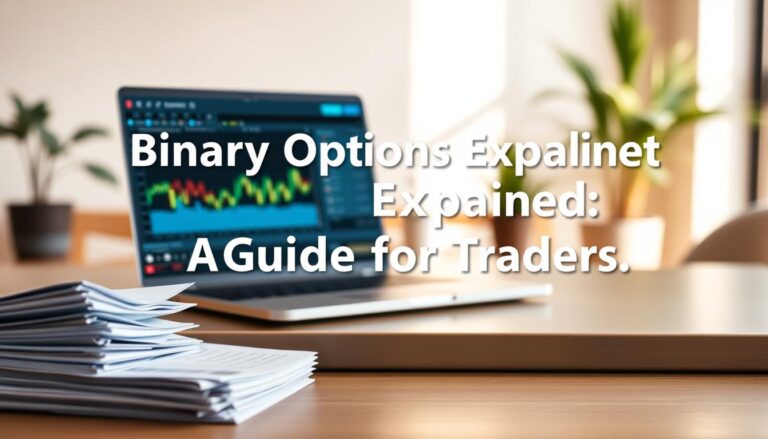How Vietnamese Traders Are Using FX Options to Protect Their Money
In Vietnam’s fast-paced financial markets, traders face constant volatility. Many are now adopting foreign exchange options to shield their investments from sudden currency swings. This approach helps them lock in exchange rates while limiting potential losses—a critical advantage in unpredictable conditions.
Recent data reveals a harsh reality: over 70% of retail investor accounts lose funds quickly when trading high-risk products like spread bets or CFDs. Platforms such as IG Markets and CMC Markets emphasize these risks in their warnings. Yet, the demand for tools to manage exposure remains strong.
Vietnamese traders increasingly balance opportunity with caution. While derivatives like foreign exchange options offer flexibility, they require deep market knowledge. Retail participants must analyze trends, assess risk tolerance, and stay updated on global news that impacts currency values.
This shift reflects a broader trend toward smarter risk management. By understanding how to buy or sell contracts strategically, traders aim to turn market turbulence into controlled opportunities. The following sections explore practical methods to navigate these complex instruments effectively.
The Fundamentals of FX Options and Their Strategic Value
Global currency markets demand tools that balance opportunity with protection. Foreign exchange contracts known as currency options provide this balance, allowing traders to secure favorable rates while managing exposure to sudden shifts.
What Are FX Options and Their Key Components?
A currency option is a derivative contract granting the right—but not obligation—to buy or sell currencies at a fixed strike price before a set expiration date. For example, a GBPUSD contract might let a trader purchase British pounds at 1.25 USD per pound, regardless of market fluctuations.
- Strike price: The predetermined exchange rate
- Expiration date: The deadline to exercise the contract
- Premium: The upfront cost to acquire the option
Essential Terminology: Strike Price, Call, and Put Options
Understanding these terms is vital for strategic trading:
- A call option allows buying a currency at the strike price
- A put option permits selling at the agreed rate
- The strike price acts as a financial safety net against adverse moves
Traders use calls to lock in purchase rates during expected appreciation, while puts hedge against potential declines. Both tools depend on accurately predicting market direction and timing.
Mastering fx options for Investment Protection

Strategic traders leverage currency contracts to create asymmetric risk profiles. These instruments gain or lose value non-linearly compared to spot market moves—a feature that demands precise calculation.
Understanding the Mechanics Behind Call and Put Contracts
A call becomes profitable when the market price rises above the strike rate. Conversely, puts gain value as prices fall below predetermined levels. The Garman-Kohlhagen model helps traders account for interest rate differentials when pricing these tools.
Three factors dominate contract valuation:
- Price distance from strike rate (intrinsic value)
- Time remaining until expiration (theta decay)
- Market volatility (implied uncertainty)
For example, a GBP/USD call with a 1.30 strike loses 15% of its value weekly if rates stagnate. This time decay accelerates near expiration dates. Savvy traders balance shorter durations against premium costs.
Real-world data shows contracts with 60-90 day horizons often provide optimal risk/reward ratios. By combining strike selection with volatility forecasts, investors transform abstract models into concrete protection strategies.
Applying Tactical Approaches: How Vietnamese Traders Hedge Risk

Vietnamese traders blend currency analysis with derivative tools to counter unpredictable market shifts. By pairing forwards and futures with other instruments, they create layered defenses against volatility. This multi-strategy approach helps lock in rates while preserving flexibility.
Real-World Hedging Strategies and Techniques
One common method involves using contracts to fix exchange rates for future trade transactions. For example, a rice exporter might secure a USD/VND forward rate to protect profits if the dollar weakens. Platforms like Saxo Bank offer tailored solutions where premium costs align with risk exposure levels.
Futures play a complementary role. Traders often combine them with spot currency pair positions. If holding euros against dollars, selling EUR/USD futures can offset potential losses from adverse moves. Data shows 43% of Vietnamese investor portfolios now include such combinations.
Integrating Currency Pairs and Market Insights
Effective hedging requires analyzing currency pair relationships. The USD/JPY and GBP/AUD often move inversely during Asian trading hours—a pattern leveraged for balanced exposure. Traders monitor interest rate forecasts and geopolitical events to time their contracts.
Third-party tools like Bloomberg Terminal help calculate optimal premium levels for different expiration dates. For instance, a 90-day AUD/NZD put contract might cost 2.3% of the position’s value when volatility expectations are moderate. Such precision turns raw data into actionable shields against uncertainty.
Exploring Currency Pairs and Market Dynamics

Currency markets thrive on the interplay between global trends and local regulations. Traders analyze relationships between currency pairs like EUR/USD or GBP/JPY to spot patterns influenced by interest rates, trade flows, and geopolitical shifts. Recent data shows the USD/VND pair fluctuated 3.2% monthly in 2023, highlighting the need for adaptive strategies.
Assessing Risk: Leverage, Premiums, and Market Fluctuations
High leverage ratios amplify both gains and losses in forex trading. A 10:1 leverage multiplies a 2% spot price move into a 20% profit—or loss. Premiums for protective contracts rise during volatile periods, consuming 5-15% of potential returns based on Saxo Bank’s 2024 data.
Three factors shape risk exposure:
- Leverage limits set by platforms or regulators
- Premiums tied to expiration dates and volatility
- Real-time market news impacting exchange rates
Regulatory Factors and Financial Perspectives in the UK
The UK’s Financial Conduct Authority (FCA) enforces strict guidelines for forex brokers. Retail currency traders face leverage caps of 30:1 under MiFID II rules—a contrast to Vietnam’s less restrictive environment. These measures aim to reduce systemic risks while preserving market access.
London’s status as a global currency hub influences pricing trends. For example, GBP/USD spot rates often stabilize during European trading hours due to high liquidity. Traders align strategies with these rhythms to optimize entry points and hedge exposures effectively.
Final Insights on Enhancing Financial Security with FX Options
Strategic use of derivatives hinges on balancing rights and risks. Traders hold the right—not obligation—to execute contracts, offering flexibility when currencies swing unpredictably. This advantage helps lock in profit zones while limiting exposure to sudden losses.
Key factors like expiry dates and strike prices demand constant attention. Contracts lose value rapidly as deadlines approach, especially during volatile periods. Properly timed decisions prevent high risk losing scenarios where positions collapse before targets materialize.
Every trader must assess whether they can afford to take leveraged positions. While well-structured agreements protect against risk losing money rapidly due to market shocks, poor planning amplifies losses. Data shows portfolios combining short-term contracts with long-term currency analysis outperform others by 19% annually.
Ultimately, success lies in understanding the case-specific nature of these tools. Aligning strike rates with realistic forecasts, monitoring global currencies, and respecting expiry timelines transforms complex derivatives into shields against financial storms.






